Home>Garden Essentials>When To Plant Bermuda Grass Seed In Oklahoma
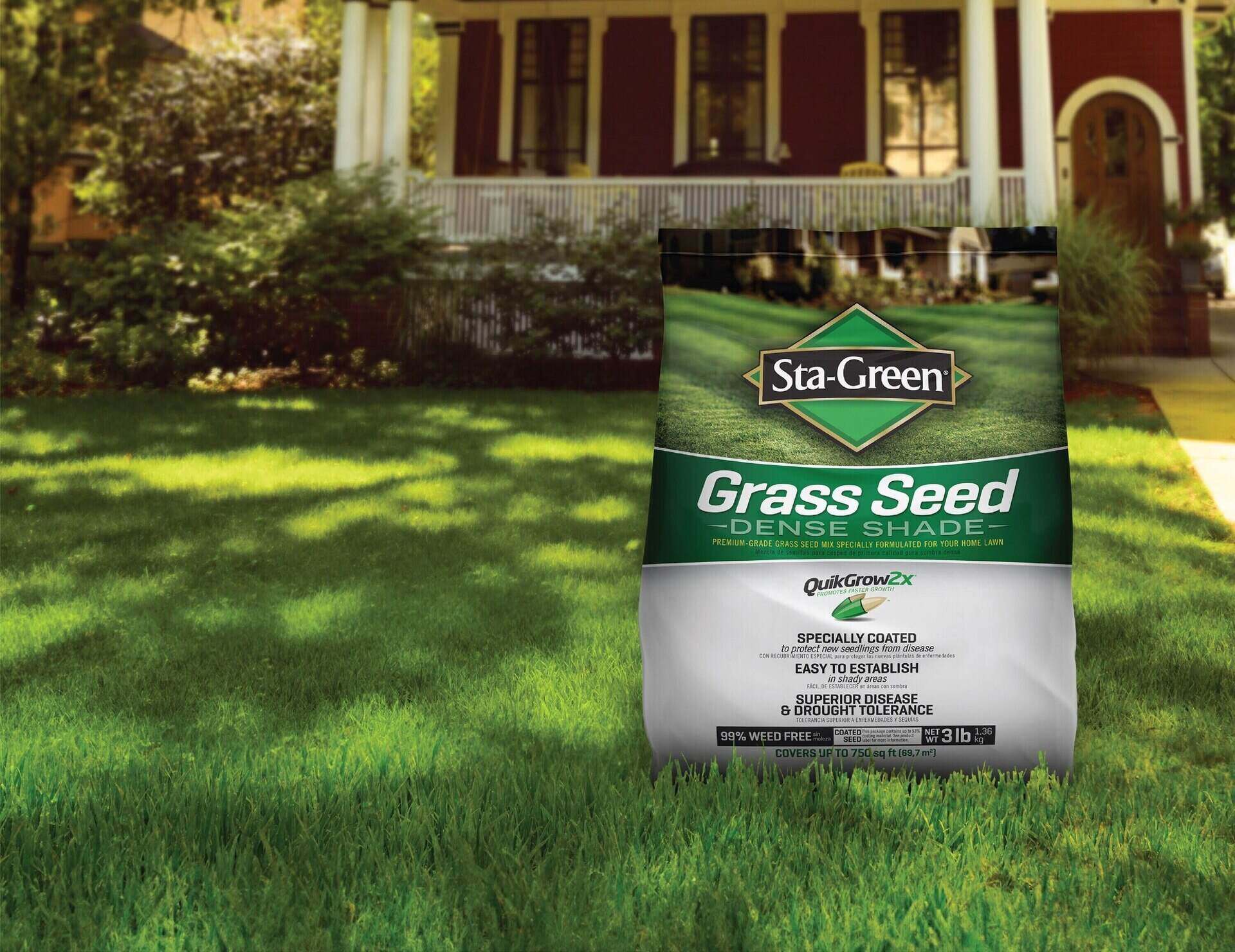

Garden Essentials
When To Plant Bermuda Grass Seed In Oklahoma
Modified: October 18, 2024
Looking to plant Bermuda grass seed in your Oklahoma garden? Discover the best times to sow and grow this popular warm-season turfgrass for a lush and vibrant lawn.
(Many of the links in this article redirect to a specific reviewed product. Your purchase of these products through affiliate links helps to generate commission for Storables.com, at no extra cost. Learn more)
Introduction
Gardening is a fulfilling hobby that allows us to connect with nature and create beautiful outdoor spaces. One of the key elements in any garden is a lush, green lawn. If you live in Oklahoma and want to plant Bermuda grass seed, timing is crucial for successful establishment and growth.
Bermuda grass is a warm-season grass that thrives in the hot and humid conditions of Oklahoma. It is known for its ability to withstand high temperatures and drought, making it a popular choice for lawns throughout the state.
However, planting Bermuda grass seed at the wrong time of year can lead to poor germination and weak growth. To ensure a healthy and thriving lawn, there are several factors to consider, including the optimal time for planting, soil preparation, seeding techniques, watering, and maintenance.
In this article, we will delve into these factors and provide you with valuable insights on when to plant Bermuda grass seed in Oklahoma to achieve the best results for your lawn.
Key Takeaways:
- Timing is crucial for planting Bermuda grass seed in Oklahoma. Late spring to early summer is ideal, ensuring warm soil temperatures for successful germination and growth.
- Proper soil preparation, seeding techniques, and maintenance are key for a healthy Bermuda grass lawn. Consider climate, soil type, and follow recommended practices for best results.
Read more: When To Seed Bermuda Grass In Oklahoma
Factors to Consider
Before diving into the optimal time for planting Bermuda grass seed in Oklahoma, it is essential to consider a few factors that can greatly impact the success of your lawn.
Climate: Oklahoma experiences a wide range of weather conditions, from scorching summers to freezing winters. Understanding the climate is crucial for determining the right time to plant Bermuda grass seed. Consider the average temperatures and precipitation patterns in your region.
Soil Type: The type of soil in your garden plays a significant role in the growth and health of Bermuda grass. Different soil types have varying drainage capabilities and nutrient levels. Conduct a soil test to determine the pH level and nutrient content of your soil. This will help you make any necessary adjustments before planting.
Seed Quality: Investing in high-quality Bermuda grass seed is essential for achieving a healthy and vibrant lawn. Look for certified seeds that are specifically suited for your region. High-quality seeds have a higher germination rate and better disease resistance.
Existing Vegetation: If your lawn is currently covered with other types of grass or weed, it is important to take steps to remove them before planting Bermuda grass seed. This can be done by using herbicides or manually removing the vegetation.
Sunlight Exposure: Bermuda grass thrives in full sunlight. Make sure that your lawn receives at least 6 to 8 hours of direct sunlight each day. If your garden has areas of shade, consider trimming trees or rearranging your landscape to maximize sunlight exposure.
By considering these factors, you can lay the foundation for a successful Bermuda grass lawn in Oklahoma. Now, let’s move on to the optimal time for planting.
Optimal Time for Planting
The optimal time for planting Bermuda grass seed in Oklahoma is during the late spring or early summer months. This is when the soil temperature has warmed up sufficiently, and frost is no longer a concern. Ideal soil temperatures for Bermuda grass seed germination range from 65 to 70 degrees Fahrenheit.
Typically, late May to early June is the ideal window for planting Bermuda grass seed in Oklahoma. By planting during this time, you take advantage of the warm temperatures and longer daylight hours, which promote faster seed germination and establishment.
It is important to note that Bermuda grass is a warm-season grass, and planting it too early in the spring when temperatures are still cool can lead to poor germination and weak growth. Similarly, planting too late in the summer may not allow the grass enough time to establish before the onset of winter.
To determine the perfect time to plant Bermuda grass seed in your specific area of Oklahoma, keep an eye on the soil temperature. You can use a soil thermometer to monitor the temperature and ensure it falls within the recommended range.
Additionally, consider the long-range weather forecast. Avoid planting during periods of heavy rain or extreme heat, as these conditions can hinder germination and establishment. Aim for a period of stable weather with moderate temperatures and ample sunlight.
By choosing the optimal time for planting Bermuda grass seed, you give your lawn the best chance to thrive and develop into a beautiful, lush carpet of grass.
Preparing the Soil
Before planting Bermuda grass seed in Oklahoma, it is crucial to prepare the soil properly. This step will create an ideal environment for seed germination and promote healthy grass growth.
Here are the steps to prepare the soil for planting Bermuda grass:
- Remove existing vegetation: Clear the area of any existing grass, weeds, or debris. Use a lawn mower or trimmer to cut the grass as short as possible. You can then use a rake or a dethatching machine to remove dead grass and loosen the top layer of soil.
- Test and amend the soil: Conduct a soil test to determine the pH level and nutrient content of your soil. Bermuda grass thrives in a slightly acidic to neutral pH range of 6.0 to 7.0. If needed, amend the soil by adding lime to raise the pH or elemental sulfur to lower it. Additionally, incorporate organic matter, such as compost or well-rotted manure, to improve soil structure and nutrient levels.
- Aerate the soil: If your soil is compacted, aerating it will help improve drainage and promote root growth. Rent or purchase a core aerator and make several passes over the area, removing small plugs of soil. Leave the plugs on the surface to break down naturally.
- Level the soil: Use a garden rake or a leveling tool to smooth out any uneven areas on the soil surface. This will help ensure an even distribution of Bermuda grass seed and water.
- Finalize the soil preparation: Once you have completed the above steps, water the area thoroughly. This will settle the soil and provide optimal conditions for seed germination.
Properly preparing the soil is a critical step in establishing a healthy Bermuda grass lawn in Oklahoma. Taking the time to create a favorable environment will lay the groundwork for successful seed germination and vigorous growth.
Bermuda grass seed should be planted in Oklahoma in late spring or early summer when the soil temperature reaches 65-70°F for optimal germination and growth.
Seeding Techniques
When it comes to seeding Bermuda grass in Oklahoma, using the right techniques can greatly enhance the success rate of seed germination and promote healthy grass growth. Here are some key seeding techniques to consider:
- Choose the right seed: Select high-quality Bermuda grass seed that is specifically suited for your region and the conditions in Oklahoma. Look for certified seeds that have a high germination rate and good disease resistance.
- Use the right amount of seed: Follow the recommended seeding rate provided by the seed manufacturer. Applying too little seed will result in sparse grass coverage, while applying too much can lead to overcrowding and competition for resources.
- Divide the seed into two applications: For optimal coverage, divide the total amount of seed into two applications. Apply half of the seed in one direction and the other half in a perpendicular direction. This crisscross pattern ensures even distribution and avoids patchiness.
- Spread the seed evenly: Use a spreader or broadcast the seed by hand to achieve an even distribution. Pay attention to areas near sidewalks, edges, and hard-to-reach spots to ensure uniform coverage throughout the lawn.
- Rake the seed lightly: After spreading the seed, use a garden rake to lightly rake the soil surface. This will help to bury the seed slightly and ensure good seed-to-soil contact, which is crucial for germination.
- Apply a thin layer of mulch: Depending on the climate and soil conditions, you may choose to apply a thin layer of straw or compost as a mulch. This helps retain moisture, prevent erosion, and protect the seeds during germination.
- Water the lawn: Immediately after seeding, lightly water the area to settle the seed and ensure proper soil moisture. Water regularly and consistently, keeping the soil evenly moist but not saturated. Avoid excessive watering, as it can lead to disease and poor root development.
By following these seeding techniques, you can increase the chances of successful seed germination and establish a healthy and vibrant Bermuda grass lawn in Oklahoma.
Read more: When To Plant Bermuda Seeds
Watering and Maintenance
Proper watering and maintenance are essential for the long-term health and vitality of your Bermuda grass lawn in Oklahoma. Here are some guidelines to follow:
Watering:
- During the establishment phase (the first few weeks after planting), water the lawn daily to keep the soil consistently moist. This helps with seed germination and root development.
- Once your Bermuda grass is established, shift to a deep and infrequent watering schedule. Water deeply once or twice a week, allowing the soil to dry out slightly between waterings. This encourages deep root growth and drought tolerance.
- Avoid overwatering, as it can lead to shallow root growth, increased vulnerability to diseases, and wastage of water resources.
- Consider using a sprinkler system or irrigation system with a timer to ensure consistent and efficient watering.
Mowing:
- Start mowing your Bermuda grass lawn once it reaches a height of 2 to 3 inches.
- Maintain a mowing height of around 1 to 2 inches for a healthy and dense lawn.
- Use a sharp mower blade to prevent tearing or damaging the grass blades.
- Mow regularly, removing only one-third of the grass height at each mowing session.
- Leave the grass clippings on the lawn as they act as a natural fertilizer and help retain moisture.
Fertilization:
- Apply a slow-release nitrogen fertilizer to your Bermuda grass lawn in early spring, as the grass starts to green up. Follow the manufacturer’s instructions for the appropriate application rate.
- Consider a second application of fertilizer in late spring or early summer to promote healthy growth and color.
- Avoid excessive fertilization, as it can lead to thatch buildup and environmental pollution.
Weed Control:
- Regularly inspect your lawn for weeds and promptly address any weed infestations.
- Use herbicides specifically designed for Bermuda grass lawns and follow the instructions carefully to avoid damage to your grass.
- Maintain a healthy and dense lawn through proper watering, mowing, and fertilization, as this helps prevent weed growth.
By following these watering and maintenance practices, you can ensure a lush and vibrant Bermuda grass lawn in Oklahoma that will be the envy of the neighborhood.
Common Issues and Solutions
While Bermuda grass is known for its resilience, it can still face a few common issues in Oklahoma. Here are some of the most common problems and their solutions:
1. Weeds: Weeds can compete with Bermuda grass for nutrients, sunlight, and water. Regularly inspect your lawn for weeds and promptly address them. Use herbicides specifically designed for Bermuda grass lawns and follow the instructions carefully.
2. Insect Infestations: Common insects that can damage Bermuda grass include armyworms, grubs, and chinch bugs. Identify the particular insect causing the problem and treat it with an appropriate insecticide. Follow the instructions on the product label and monitor the lawn regularly for signs of reinfestation.
3. Disease: Bermuda grass can be susceptible to various diseases such as brown patch, dollar spot, and leaf spot. Ensure proper air circulation by trimming trees or shrubs to prevent excessive shade and moisture buildup. Apply fungicides if necessary, following the instructions provided.
4. Thatch Buildup: Thatch is a layer of dead grass and organic material that accumulates between the soil and the growing grass. Excessive thatch can prevent water and nutrients from reaching the roots, leading to weak and unhealthy grass. Regularly dethatch your Bermuda grass lawn using a dethatching rake or a motorized dethatcher to remove the buildup of thatch.
5. Poor Drainage: If your lawn suffers from poor drainage, it can lead to waterlogged soil and result in weak and shallow root growth. Improve drainage by adding organic matter or creating drainage channels to redirect excess water. Aerating the soil can also help improve drainage.
6. Overwatering: Overwatering can create shallow root systems and increase the risk of disease. Follow a deep and infrequent watering schedule, allowing the soil to dry out slightly between waterings. Adjust watering times and frequency based on weather conditions.
Proactively addressing these common issues and implementing appropriate solutions will help you maintain a healthy and vibrant Bermuda grass lawn in Oklahoma.
Conclusion
Planting Bermuda grass seed in Oklahoma requires careful consideration of various factors such as climate, soil type, and timing. By understanding the optimal time for planting, preparing the soil, using proper seeding techniques, and implementing appropriate watering and maintenance practices, you can establish a lush and vibrant Bermuda grass lawn.
Remember to choose high-quality seed, prepare the soil by removing existing vegetation, testing and amending the soil, and providing optimal conditions for seed germination. Follow recommended seeding rates and techniques, water the lawn properly, and maintain a regular mowing and fertilization schedule. Keep an eye out for common issues such as weeds, insect infestations, diseases, thatch buildup, poor drainage, and overwatering, and promptly address them with appropriate solutions.
By putting in the effort to plant and care for your Bermuda grass lawn in Oklahoma, you can enjoy a beautiful outdoor space that adds aesthetic appeal to your property and provides a comfortable area for relaxation and activities.
Remember to adapt your approach based on the specific needs of your lawn, and don’t hesitate to seek advice from local gardening experts or extension offices for personalized guidance. With proper care and maintenance, your Bermuda grass lawn will thrive and provide enjoyment for years to come.
Frequently Asked Questions about When To Plant Bermuda Grass Seed In Oklahoma
Was this page helpful?
At Storables.com, we guarantee accurate and reliable information. Our content, validated by Expert Board Contributors, is crafted following stringent Editorial Policies. We're committed to providing you with well-researched, expert-backed insights for all your informational needs.
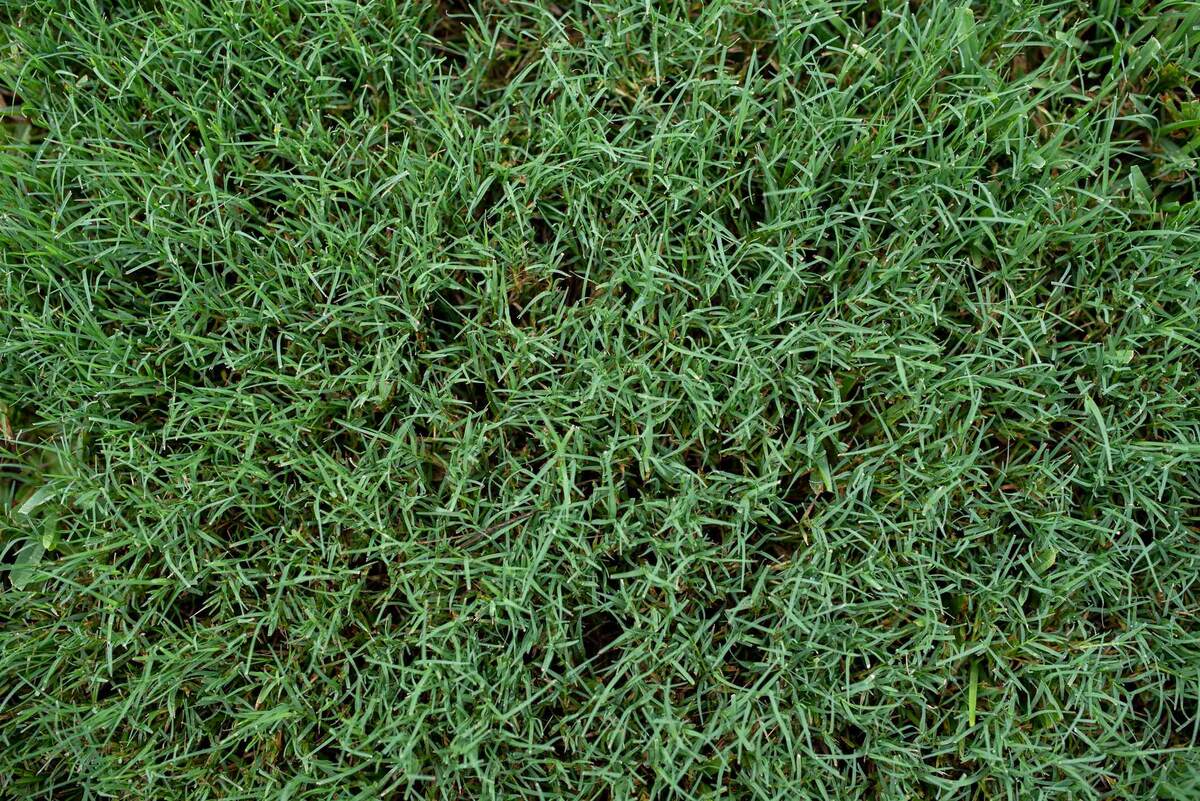
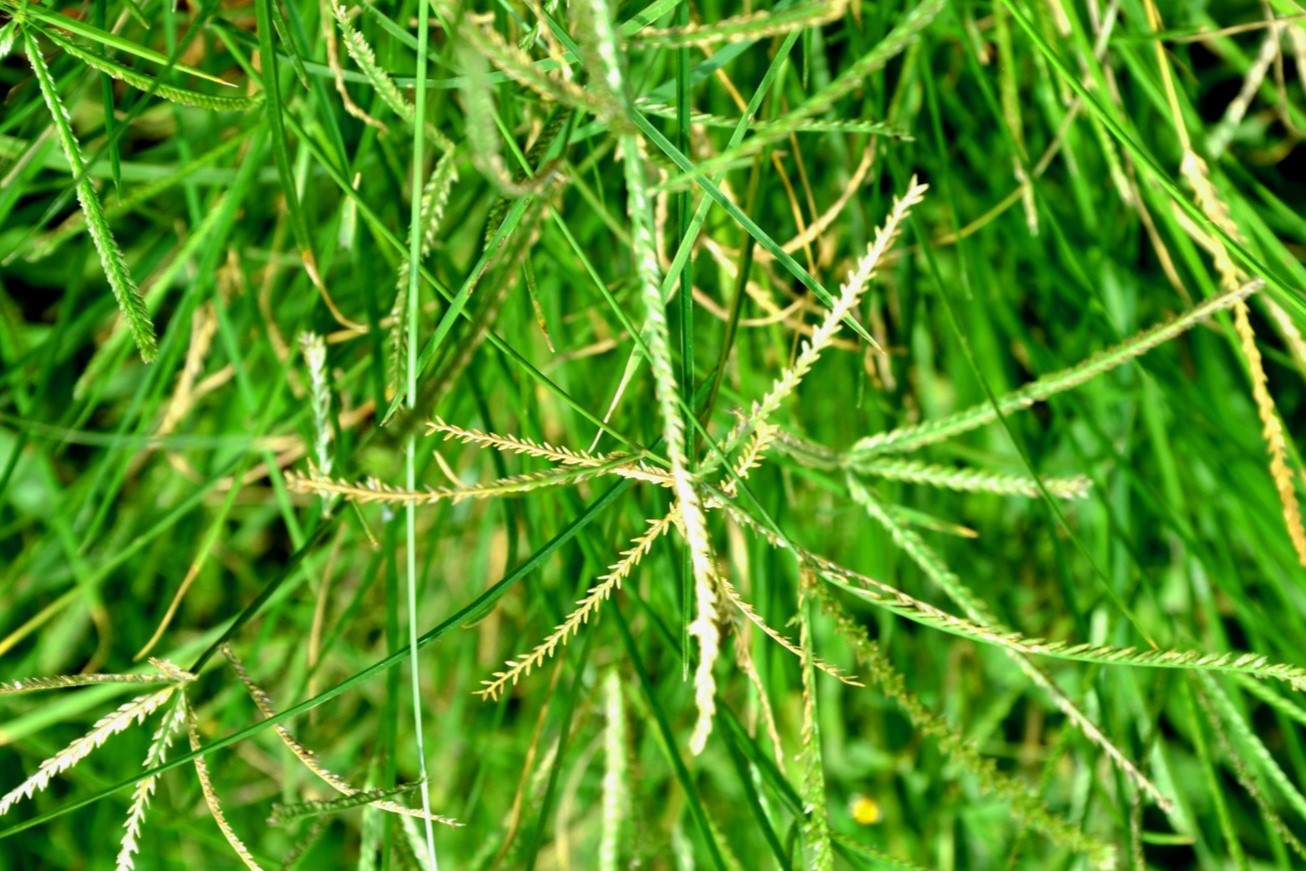
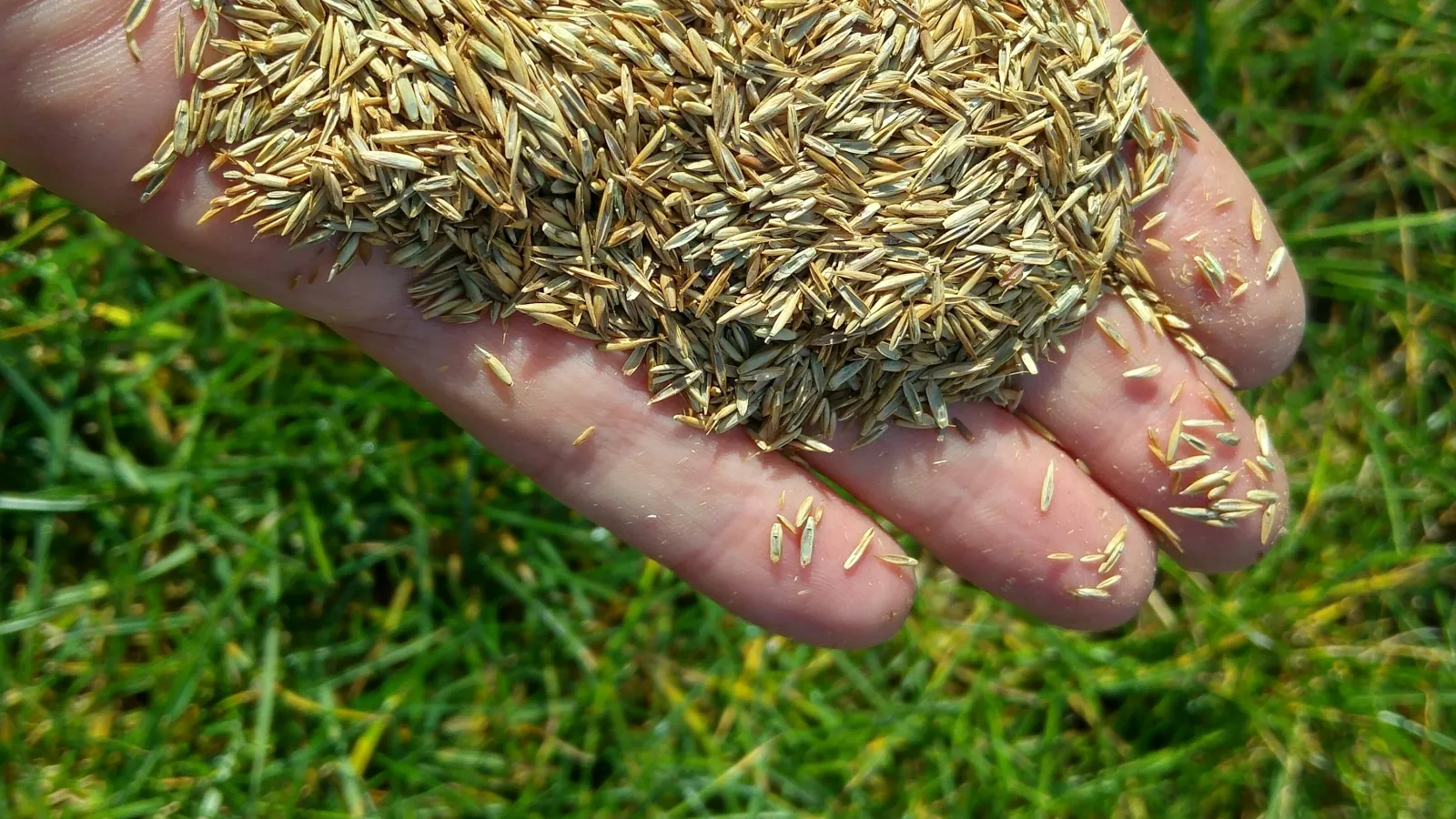
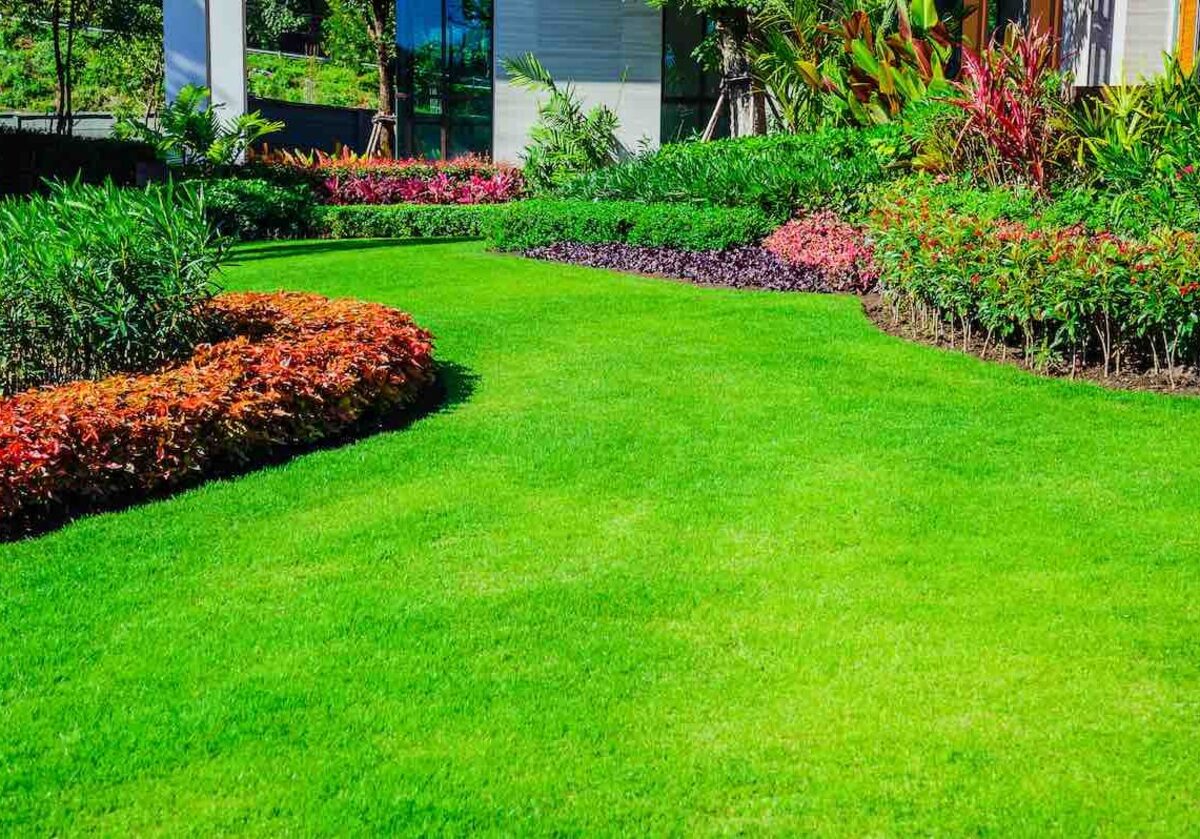
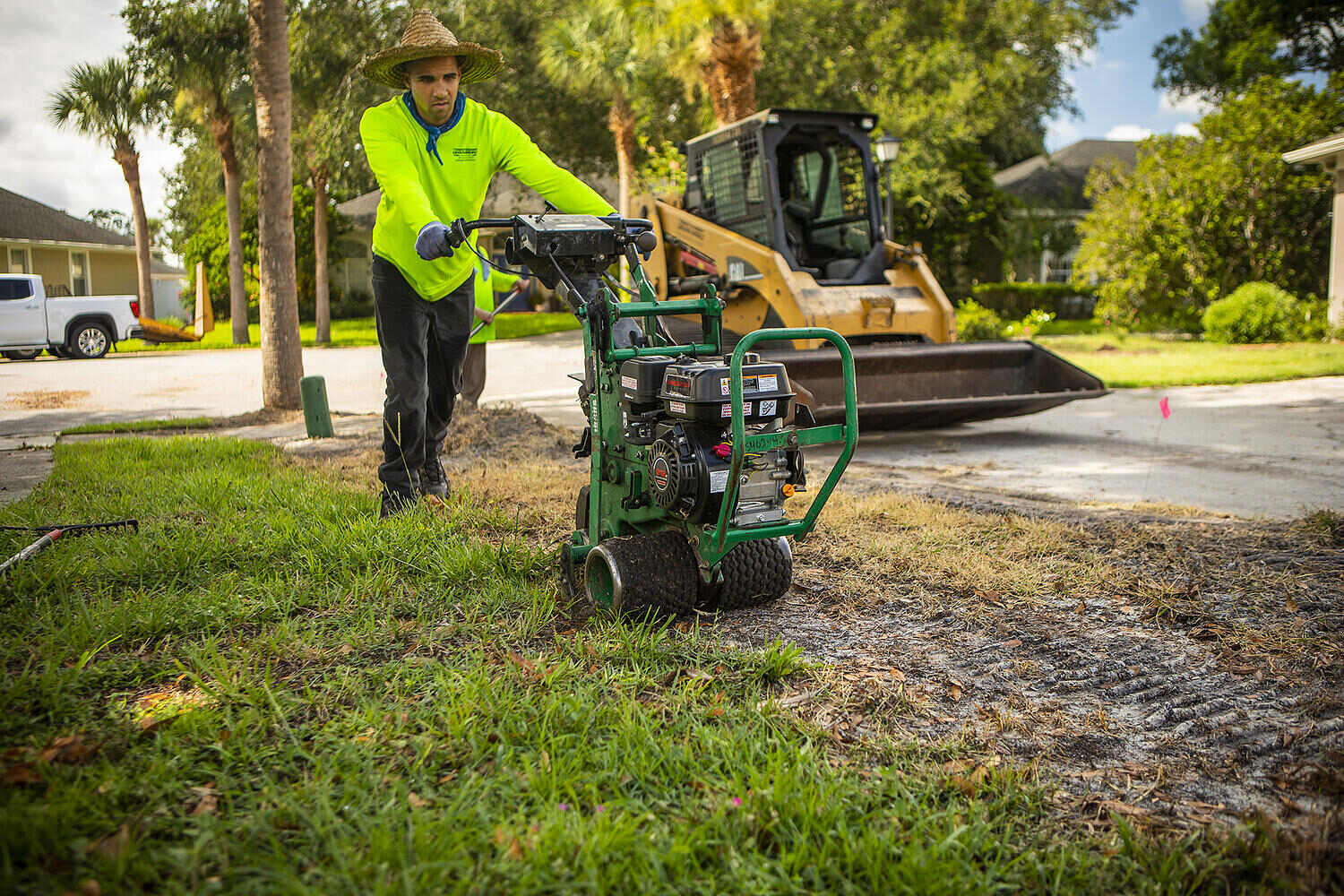
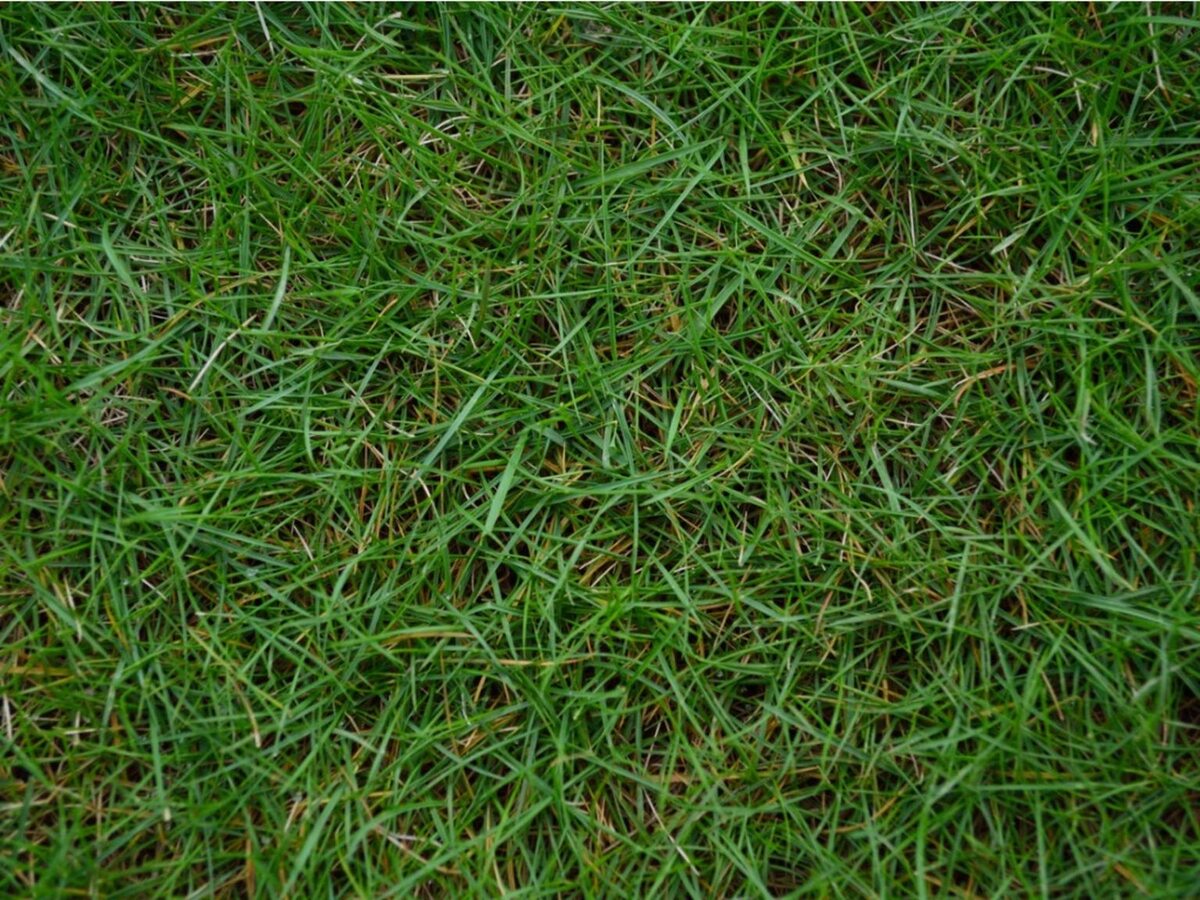
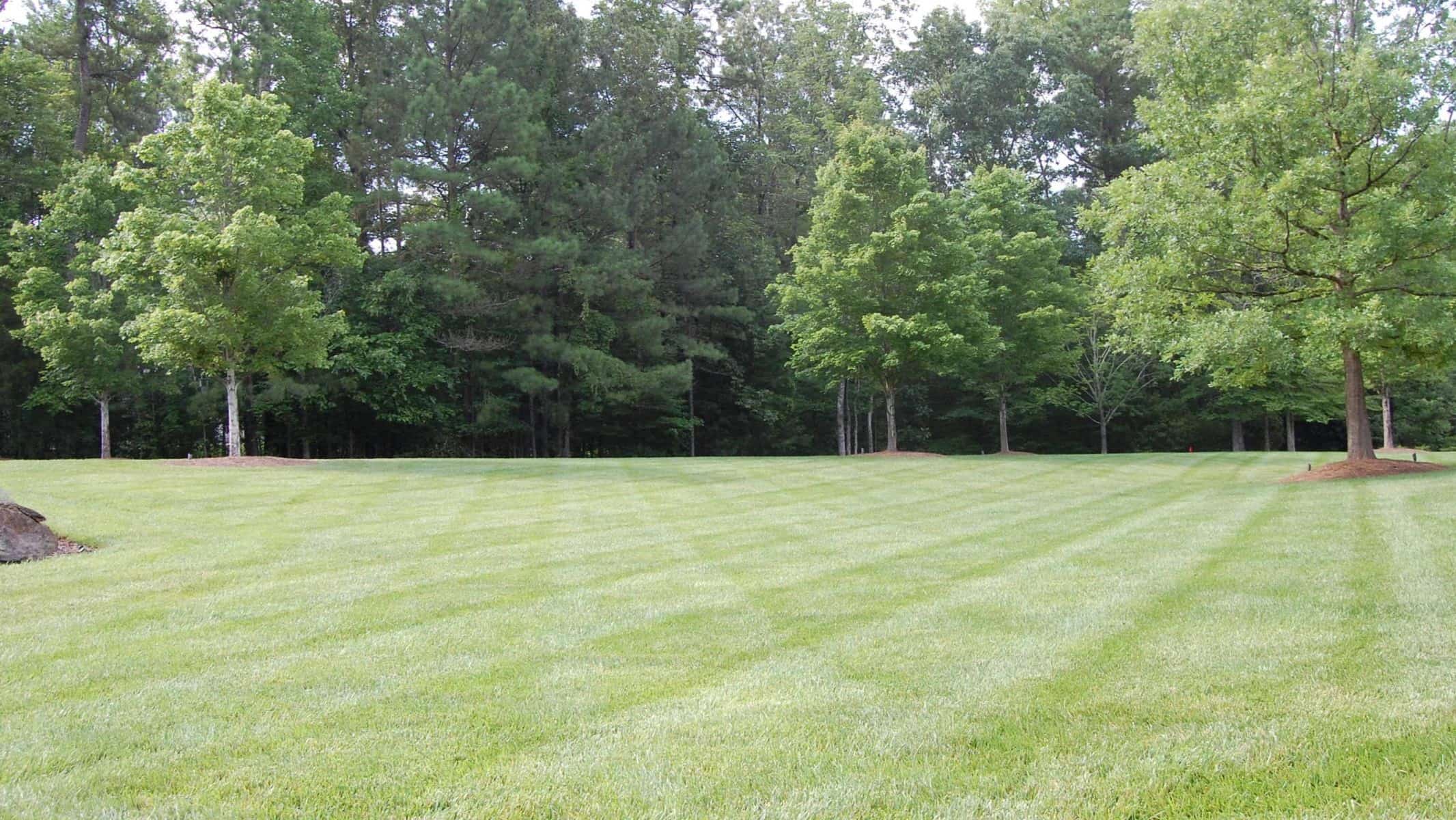
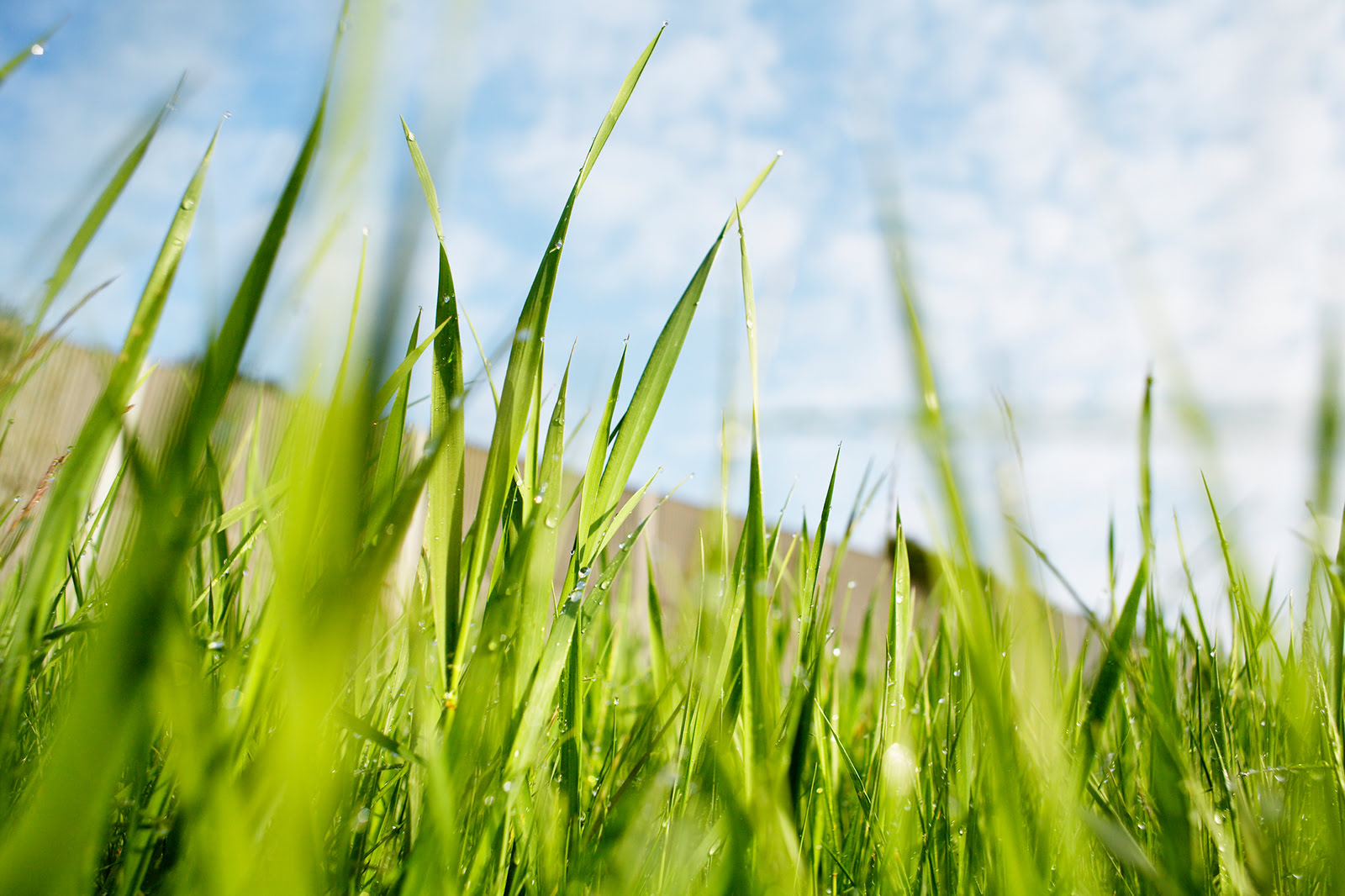
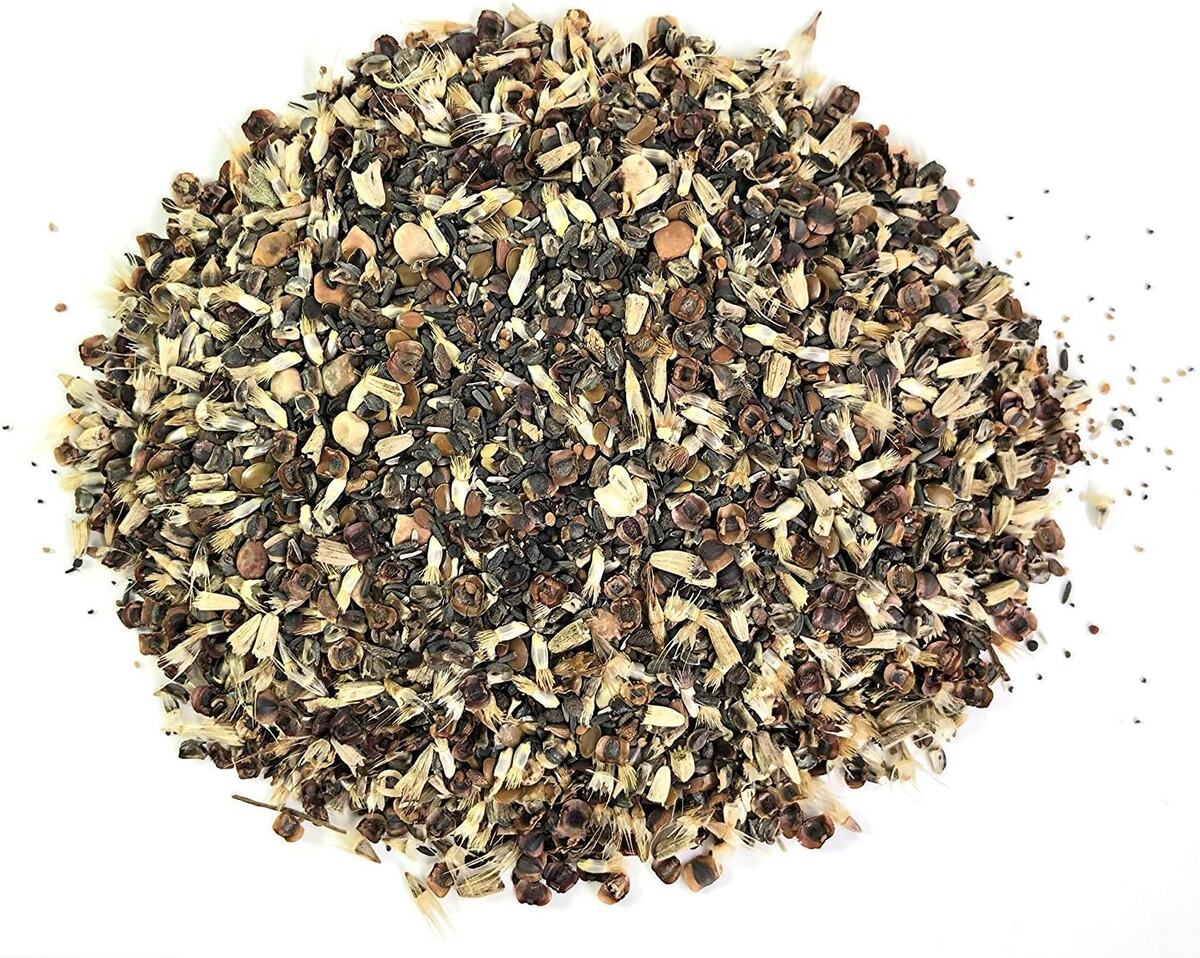

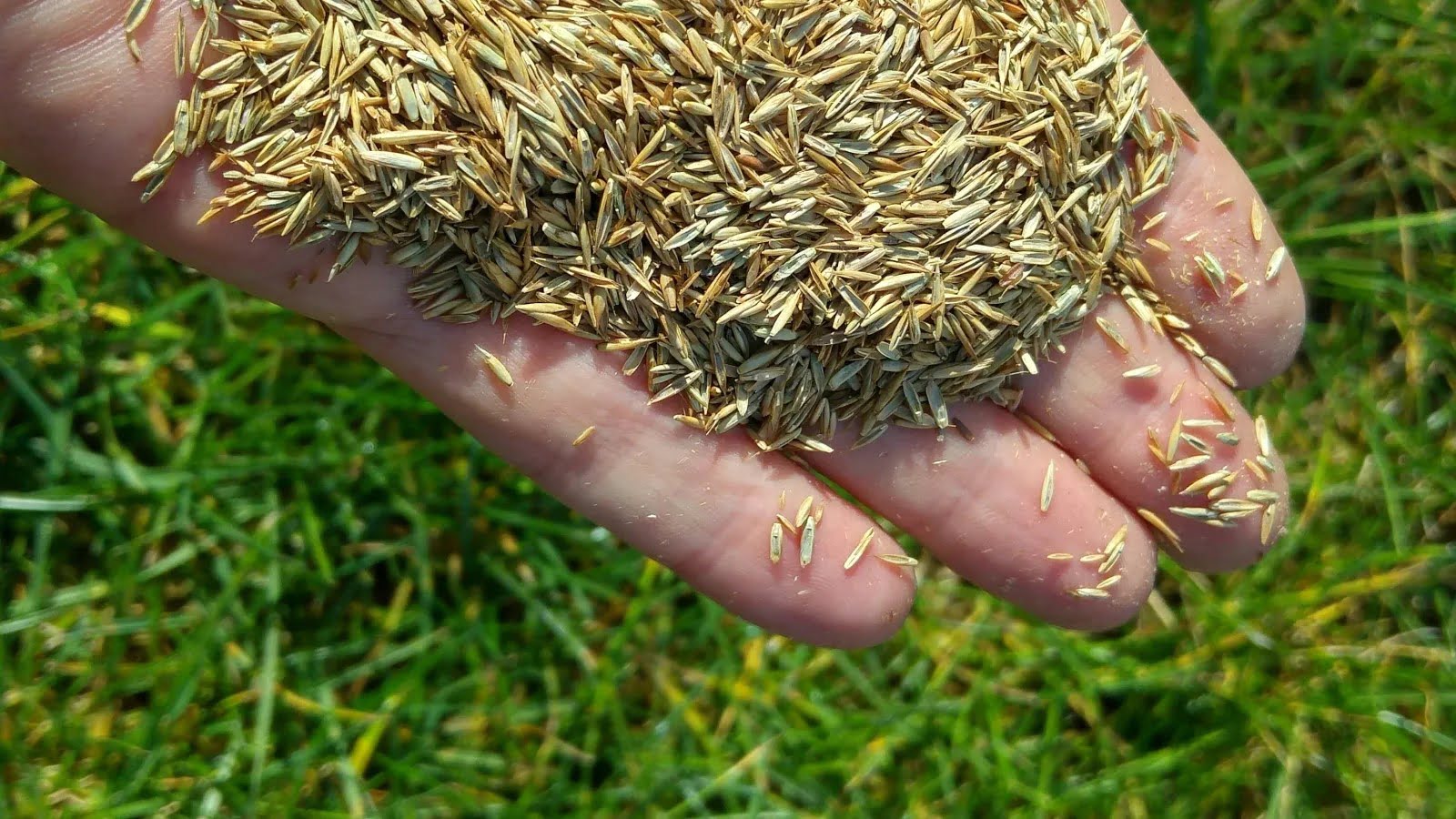
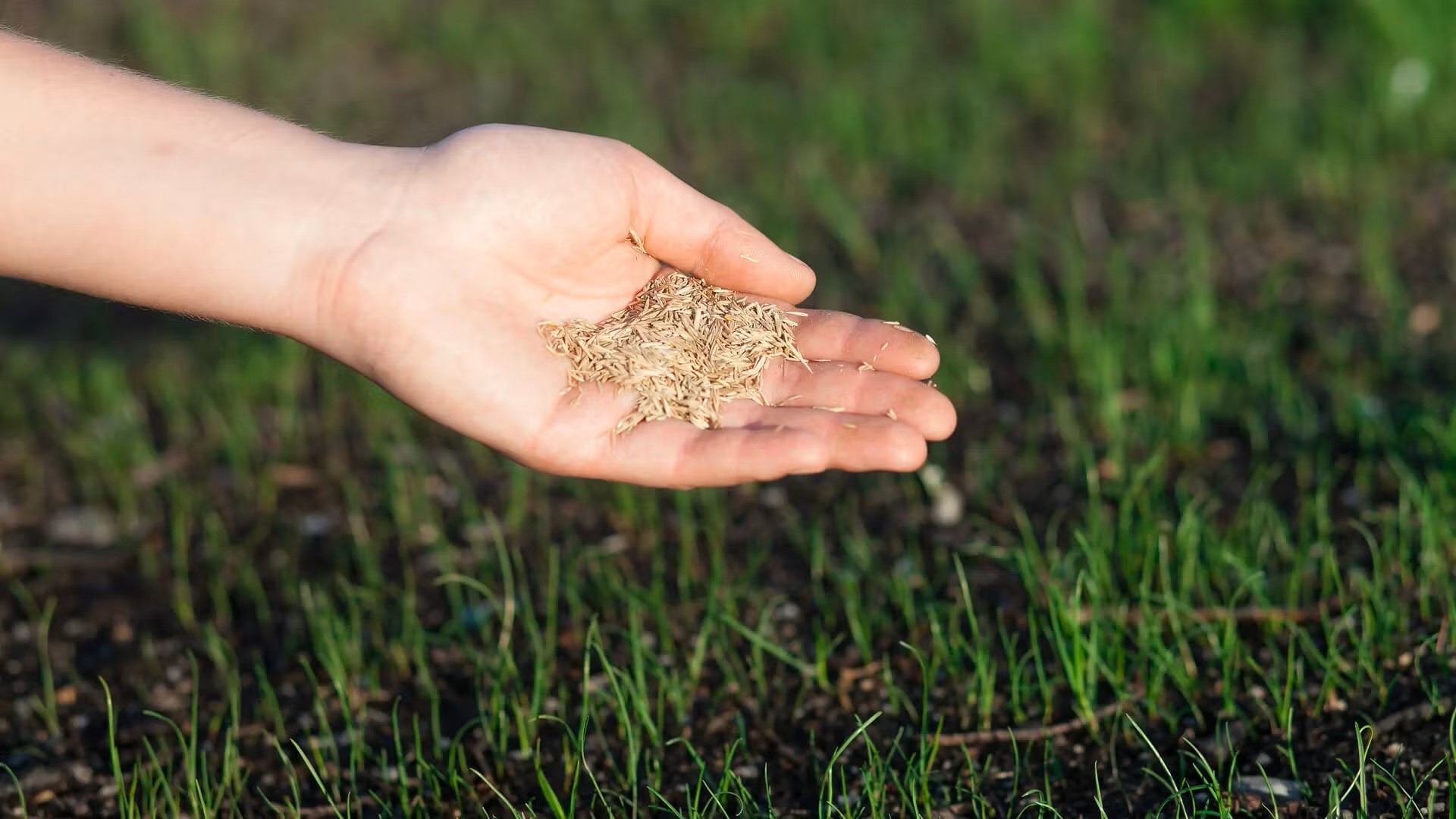
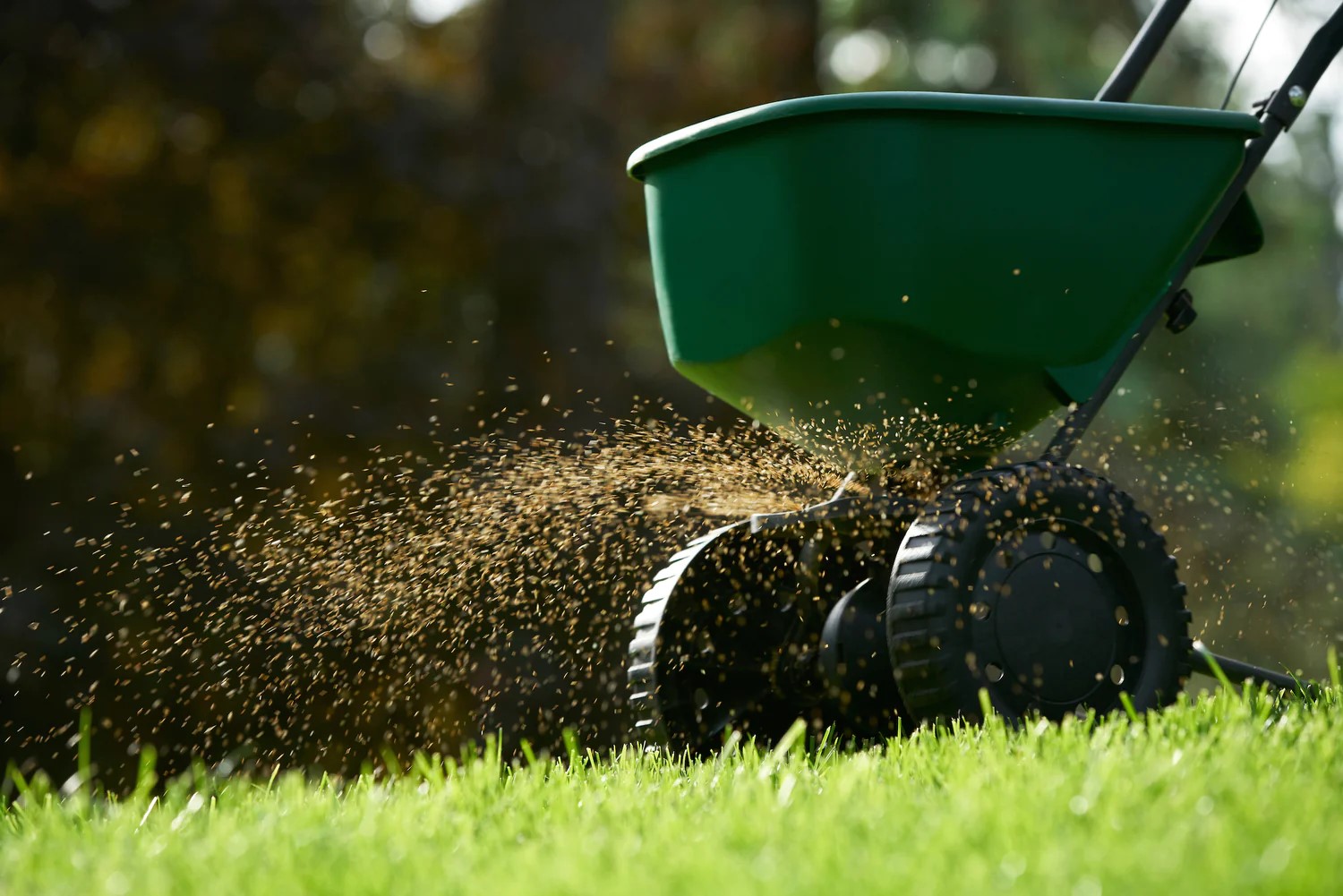


0 thoughts on “When To Plant Bermuda Grass Seed In Oklahoma”